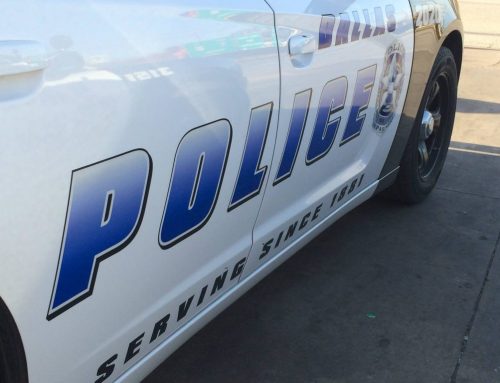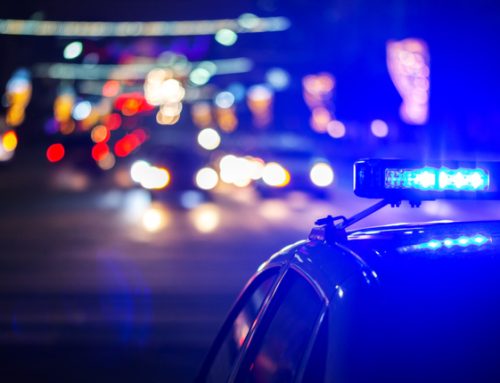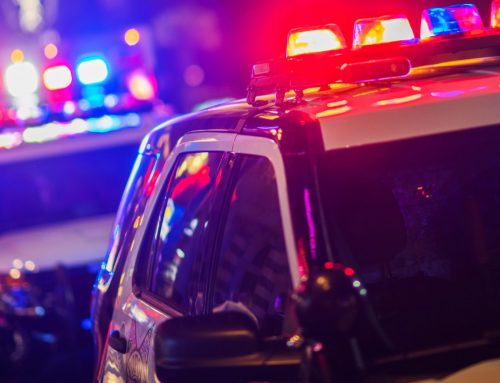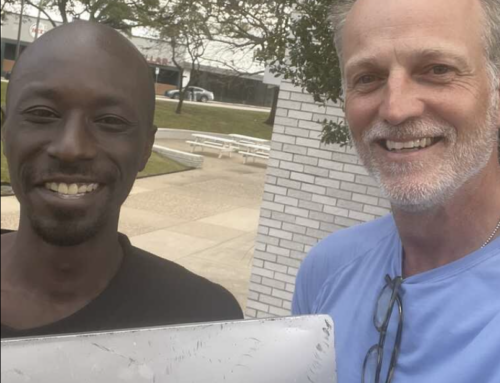More officers patrolling the streets. It’s an oft-repeated request in our neighborhood, but with an insufficient number of police officers in each division, it’s a difficult request to grant. Northeast Division Deputy Chief Jan Easterling recently decided to tackle this problem by shifting around personnel — swing shifting, to be exact. The change beefed up the staff load during peak hours, allowing officers more time to patrol their beats.
What’s the concept behind swing shifts?
We were trying to accommodate better coverage across all hours of the day, especially peak hours, to shorten the time it takes officers to respond to 911 calls. Those range from somebody in immediate harm to “I saw a suspicious guy walking down the street” to “I saw an abandoned car in the alley.”
What specific problem were you trying to address?
Especially during the busy call load times, from 4 to about 7 p.m. and then again at night, 911 calls would get so backlogged that the officers would spend a good portion of the shift trying to catch up and going from to call to call to call. That’s reactive, and we want to allow them to be proactive, too — patrol their beats, look for the problems. They know where they have drunks, they know where they have panhandlers, and if they’re running from call to call to call, they can’t deal with those problems.
Have the changes improved response time to 911 calls?
Response time starts when a call comes into 911 and lasts until the time the officer reaches the location. From Jan. 1 to Sept. 30, 2006, our division’s average on life-threatening emergencies was 7.8 minutes (the city’s average was 8.3), and our overall average was 33.4 minutes, up 3.1 percent compared to last year. But since we made the change, our overall average is now 32.1 minutes, down 3.6 percent compared to the same time last year (through Nov. 14). So we’ve made some tremendous changes in just a few months. When you look at it, it might be a matter of 30 seconds, but that’s a big change. Especially if you’re needing help, 30 seconds is a long time.
Officers spending more time patrolling the streets was one result. Are there others?
This gives the watch commanders and the sergeants time to do other preventative work while still maintaining the call load. They put people on bikes, put some in plain clothes, do narcotic knock and talks, run the paddy wagon, run a prostitution sting, address special issues, etc. I want them to be creative in how we address crime problems.
Aside from hiring additional officers, are there other changes in store that will relieve the call load?
The call load is what it is — that’s kind of something that’s out of our control — but we’ve added extra officers on overtime to help address the call load on peak hours, and we’ve also brought in officers to address specific problems. We’re trying to maintain the number of officers we need to address the call load but still address other problems as they come up. It’s kind of a juggling act.





